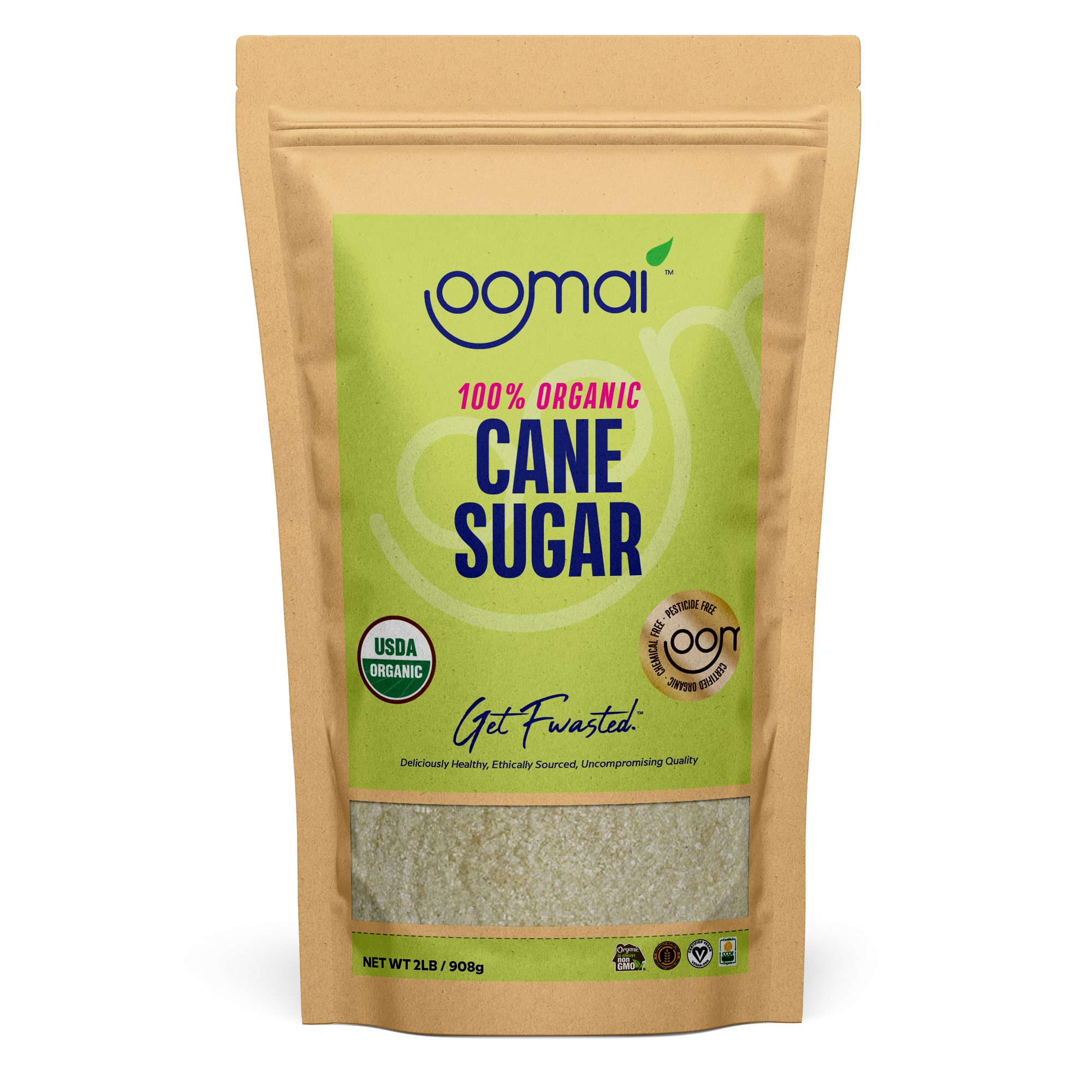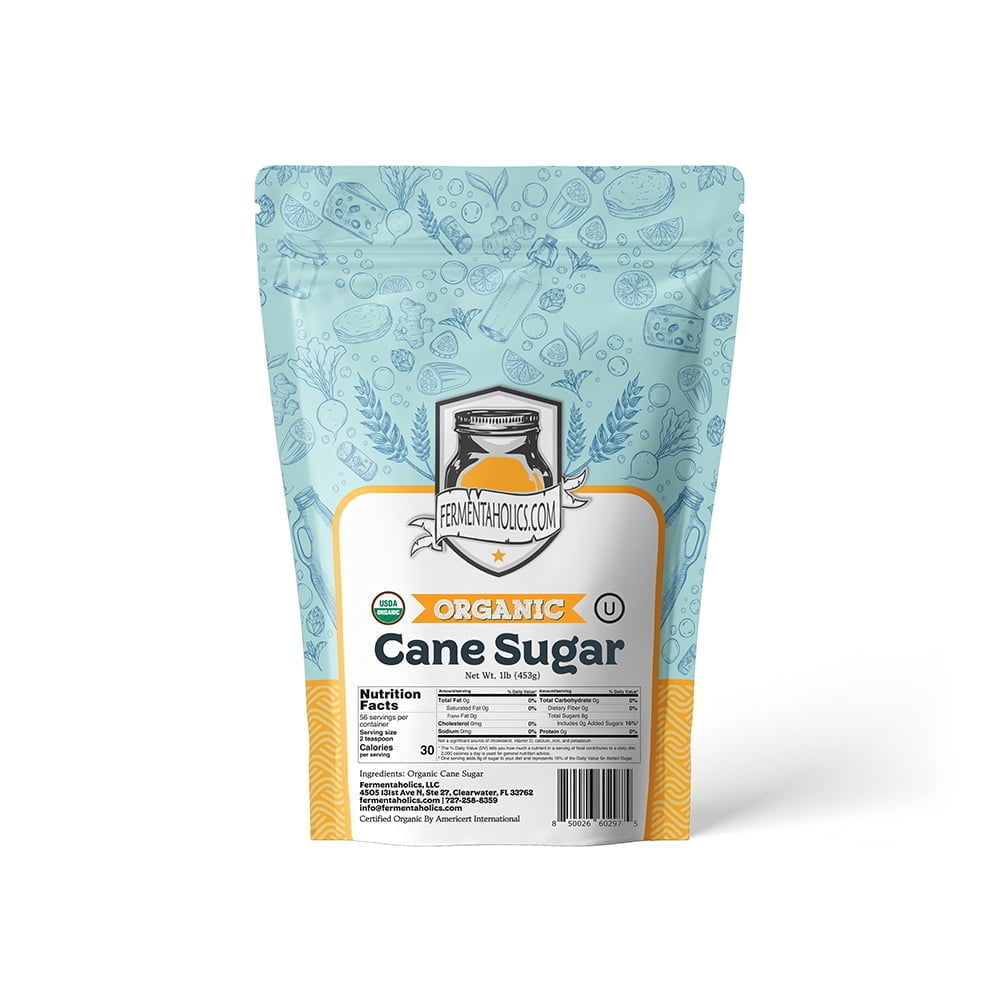Comprehending the Diverse Duties of Sugar Cane in Agriculture and Manufacturing
Sugar Cane plays an important duty in both agriculture and production. As a major cash crop, it influences economies in exotic areas. Its versatility expands beyond sugar manufacturing to biofuels and eco-friendly products. Additionally, sugar Cane farming promotes soil health and biodiversity. Nonetheless, the full extent of its payments and possible in lasting methods stays to be explored. What innovative procedures could boost its function in future agricultural systems?
The Agricultural Value of Sugar Cane
Sugar Cane plays an essential function in farming, contributing considerably to the economic situations of lots of exotic and subtropical regions. This turf species grows in cozy environments, needing adequate sunlight and water, making it an optimal plant for these locations. Sugar Cane is mainly cultivated for its high sucrose material, which acts as an important basic material for sugar manufacturing. Additionally, it plays a significant role in soil preservation by avoiding disintegration and boosting dirt fertility through its growth cycles. Sugar cane's substantial origin system help in water retention, profiting neighboring plants. Furthermore, the crop supports local communities by offering environment and food for numerous wild animals species. Farmers typically integrate sugar Cane right into crop rotation systems, boosting biodiversity and farming strength. The farming of sugar Cane not just meets neighborhood food needs yet additionally promotes sustainable farming practices, advertising lasting ecological wellness in farming areas.
Financial Contributions of Sugar Cane Growing
Sugar Cane is typically ignored, its financial contributions are considerable, particularly in creating nations where it offers as an essential money plant. The farming of sugar Cane produces considerable earnings for millions of farmers, giving livelihoods and fostering rural growth. As a functional plant, it supports different industries, including sugar production, biofuels, and pharmaceuticals, subsequently stimulating local economic situations.
Furthermore, sugar Cane farming advertises job development in agricultural markets, processing centers, and transportation networks. It additionally adds to international exchange profits via exports, enhancing nationwide economic stability. In regions such as Brazil and India, sugar Cane plays a critical duty in farming exports, reinforcing profession equilibriums.
Furthermore, the crop's spin-offs, like bagasse and molasses, offer additional economic opportunities, made use of in energy generation and pet feed. Thus, the financial influence of sugar Cane expands beyond mere farming, affecting wider commercial and farming landscapes.
The Refine of Sugar Production From Walking Cane

The trip from sugar Cane to polished sugar includes a number of vital phases that highlight the intricacy of sugar production. Mature sugar Cane stalks are collected and transferred to processing facilities. What Is Sugar Cane Used For. The Cane is then squashed to draw out juice, which has a high concentration of sucrose. This juice undertakes information, where pollutants are removed, commonly making use of lime and heat
Next, the made clear juice is vaporized to concentrate the sugar material. The resulting syrup is after that based on formation, enabling sugar crystals to develop. These crystals are separated from the remaining syrup through centrifugation and cleaned to get rid of any kind of residual molasses.
The last includes refining, where sugar crystals are additional purified and blonde, leading to the white granulated sugar generally utilized in foodstuff. This careful process highlights the elaborate trip from raw Cane to the sugar that plays an essential role in various cooking applications.
Sugar Cane as a Resource of Biofuels
As passion in sustainable energy sources grows, sugar Cane has become a considerable candidate for biofuel production. The plant's high sugar material enables effective fermentation procedures, converting sugars right into ethanol. This biofuel acts as an eco-friendly alternative to fossil gas, lowering greenhouse gas emissions and advertising energy sustainability.
Nations like Brazil have long made use of sugar Cane for ethanol, developing extensive manufacturing infrastructure that sustains both residential power needs and worldwide export. The cultivation of sugar Cane for biofuel has likewise produced financial opportunities, especially in country locations, where it produces work and sustains neighborhood farming.
Sugar Cane biofuels can be integrated into existing gas systems, making them a useful option for shifting away from traditional energy resources. As technological improvements remain to boost manufacturing performance, sugar walking stick's role in biofuel growth is poised to expand, additionally adding to global efforts toward sustainable energy fostering.
Ingenious Usages of Sugar Cane in Biodegradable Plastics
A growing variety of manufacturers and scientists are exploring ingenious uses sugar Cane in the production of biodegradable plastics. Sugar walking cane, abundant in sucrose, can be refined to establish polylactic acid (PLA), a biopolymer that works as an option to petroleum-based plastics. This bioplastic can be utilized in various applications, consisting of packaging, non reusable cutlery, and read the full info here farming films.
Using sugar cane-derived PLA presents a number of benefits, such as lowered reliance on nonrenewable fuel sources and the capacity for reduced carbon discharges during manufacturing. In addition, sugar walking cane's sustainable nature makes it an enticing option in the mission for sustainable materials. Recent improvements in processing strategies have actually improved the performance and cost-effectiveness of producing these bioplastics, fostering better adoption in the industry. As the need for green remedies grows, sugar Cane stands out as a valuable source in the change in the direction of greener production techniques.
Environmental Benefits of Sugar Cane Farming

In enhancement, sugar Cane requires less water compared to other crops, making it appropriate for growing in deserts. Effective use of crop residues, such as bagasse, can reduce waste and supply renewable resource resources. In addition, sugar Cane farming can facilitate the facility of agroforestry systems, producing a collaborating connection between crops and trees. These methods not only protect the setting yet likewise promote lasting agricultural practices, inevitably profiting local communities and ecosystems.
The Future of Sugar Cane in Lasting Practices

Furthermore, the potential for sugar Cane to contribute to renewable resource resources is getting grip. Biofuels derived from sugar Cane can notably decrease carbon exhausts compared to nonrenewable fuel sources, straightening with international environment goals. Additionally, advancements in waste monitoring enable for the use of spin-offs, even more minimizing environmental influence.
Study right into drought-resistant sugar Cane ranges is also underway, supplying resilience versus environment modification. As stakeholders throughout the market embrace these lasting practices, have a peek at these guys sugar Cane is positioned to play a necessary role in cultivating agricultural sustainability, guaranteeing its significance in future markets and adding positively to eco-friendly balance.

Regularly Asked Questions
How Does Sugar Cane Affect Soil Health and Fertility?
The influence of sugar Cane on dirt health and fertility is significant. Its substantial root system enhances dirt structure, while raw material from rotting leaves adds necessary nutrients, promoting overall fertility and supporting diverse microbial life.
What Are the Labor Problems for Sugar Cane Employees?
Labor problems for sugar Cane workers vary extensively, typically defined by long hours, reduced incomes, and unsafe environments. Lots of face difficulties such as absence of access to health care and insufficient protective steps versus harmful conditions.
Can Sugar Cane Be Grown in Non-Tropical Climates?
Sugar web link Cane generally grows in tropical environments as a result of its warmth and moisture requirements. Nevertheless, specific non-tropical areas may efficiently cultivate it through certain agricultural techniques, though returns and top quality might be substantially minimized.
What Pests Generally Intimidate Sugar Cane Crops?
Insects harmful sugar Cane crops include the sugarcane borer, aphids, and nematodes. These microorganisms can greatly affect plant return, requiring reliable pest management techniques to assure healthy development and make best use of agricultural performance.
How Does Sugar Cane Cultivation Influence Local Communities?
The farming of sugar Cane considerably influences regional communities by supplying employment possibilities, boosting economic development, and affecting social frameworks. In addition, it can bring about environmental difficulties, affecting farming methods and neighborhood health and wellness in the area.
Sugar Cane is mainly grown for its high sucrose content, which serves as an important raw material for sugar manufacturing. Farmers frequently incorporate sugar Cane into plant rotation systems, boosting biodiversity and farming resilience. The trip from sugar Cane to polished sugar entails several key phases that highlight the complexity of sugar production. The final phase includes refining, where sugar crystals are more cleansed and bleached, resulting in the white granulated sugar commonly made use of in food products. The plant's high sugar web content allows reliable fermentation procedures, transforming sugars into ethanol.